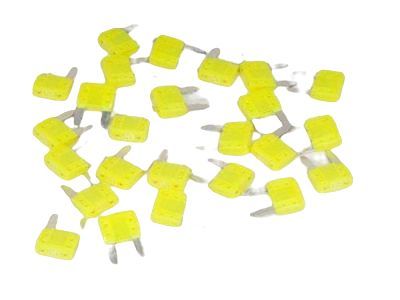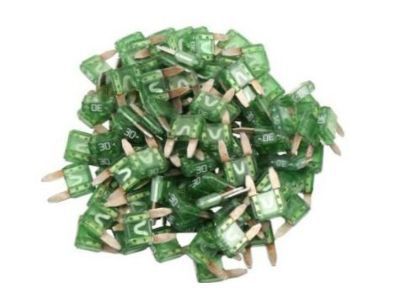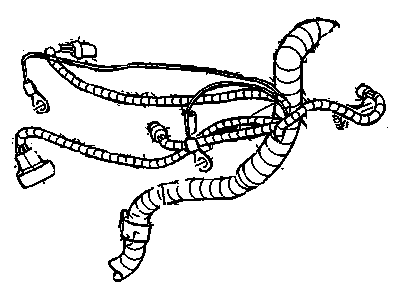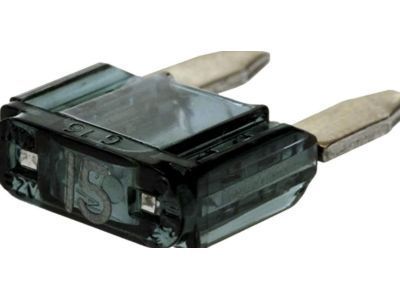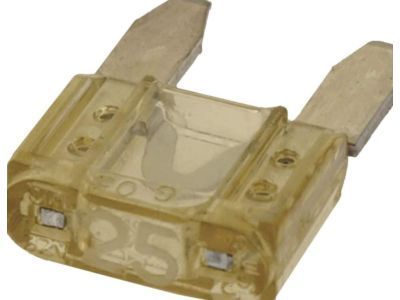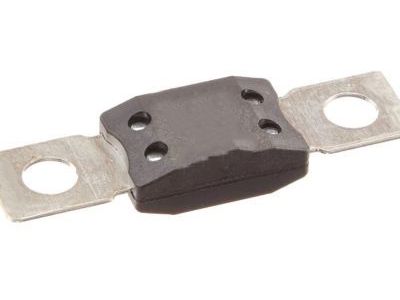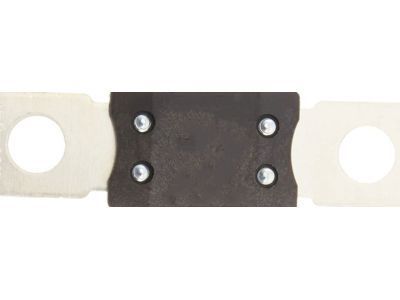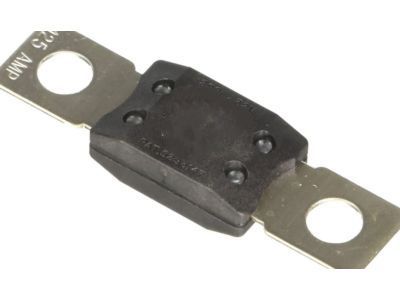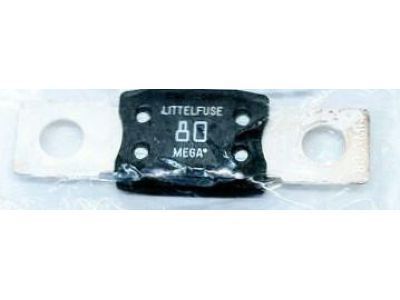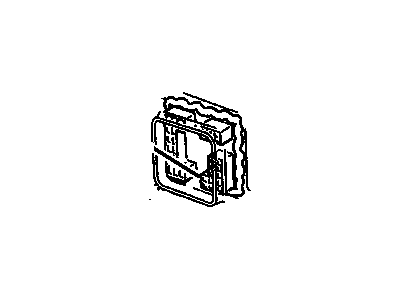
My Garage
My Account
Cart
Genuine Chevrolet Corvette Fuse
Circuit Fuse- Select Vehicle by Model
- Select Vehicle by VIN
Select Vehicle by Model
orMake
Model
Year
Select Vehicle by VIN
For the most accurate results, select vehicle by your VIN (Vehicle Identification Number).
117 Fuses found
Chevrolet Corvette Fuse,Mini 20 A
Part Number: 88861352$2.19 MSRP: $4.13You Save: $1.94 (47%)Ships in 1 Business DayChevrolet Corvette Fuse,Mini 30 A
Part Number: 12092075$0.08 MSRP: $0.16You Save: $0.08 (50%)Ships in 1-3 Business DaysChevrolet Corvette Fuse,Mini 15 A
Part Number: 88909754$0.08 MSRP: $0.16You Save: $0.08 (50%)Ships in 1-3 Business DaysChevrolet Corvette Fuse,Mini 25 A
Part Number: 88909756$0.16 MSRP: $0.30You Save: $0.14 (47%)Ships in 1-2 Business DaysChevrolet Corvette Fuse (175 Amp Mega Fuse)
Part Number: 15305191$9.50 MSRP: $15.72You Save: $6.22 (40%)Ships in 1-2 Business DaysChevrolet Corvette Fuse
Part Number: 84082834$4.66 MSRP: $7.33You Save: $2.67 (37%)Ships in 1-3 Business DaysChevrolet Corvette Fuse
Part Number: 12177251$9.64 MSRP: $15.17You Save: $5.53 (37%)Ships in 1-3 Business DaysChevrolet Corvette Fuse, 80A Mega Fuse (Bolt Down)
Part Number: 22689708$9.92 MSRP: $16.43You Save: $6.51 (40%)Ships in 1-2 Business DaysChevrolet Corvette Fuse Assembly, Dash Wiring Harness Fuse Block
Part Number: 12004008$0.90 MSRP: $1.71You Save: $0.81 (48%)Ships in 1-3 Business DaysChevrolet Corvette Fuse
Part Number: 84082852$13.59 MSRP: $22.49You Save: $8.90 (40%)Ships in 1-3 Business DaysChevrolet Corvette Fuse
Part Number: 84082848$14.24 MSRP: $22.40You Save: $8.16 (37%)Ships in 1-3 Business DaysChevrolet Corvette Fuse,Mini 10 A
Part Number: 12092079$4.23 MSRP: $7.98You Save: $3.75 (47%)Ships in 1-3 Business DaysChevrolet Corvette Fuse,Wiring Harness
Part Number: 19209792$2.06 MSRP: $3.88You Save: $1.82 (47%)Ships in 1-3 Business DaysChevrolet Corvette Fuse Asm,15Amp Micro3 Blade Style, 32V
Part Number: 19119304$3.89 MSRP: $6.13You Save: $2.24 (37%)Ships in 1-3 Business DaysChevrolet Corvette FUSE ASM,30 A *PINK
Part Number: 84391112$5.26 MSRP: $9.92You Save: $4.66 (47%)Ships in 1-3 Business DaysChevrolet Corvette Fuse, 100A Mega Fuse (Bolt Down)
Part Number: 15324251$9.86 MSRP: $15.51You Save: $5.65 (37%)Ships in 1-3 Business DaysChevrolet Corvette Fuse, Multiuse (Repair)
Part Number: 22917201$4.96 MSRP: $8.21You Save: $3.25 (40%)Ships in 1-3 Business DaysChevrolet Corvette Fuse,Wiring Harness
Part Number: 19209793$2.06 MSRP: $3.88You Save: $1.82 (47%)Ships in 1-3 Business DaysChevrolet Corvette Fuse,Wiring Harness
Part Number: 19209799$3.88 MSRP: $6.11You Save: $2.23 (37%)Ships in 1-3 Business DaysChevrolet Corvette Fuse
Part Number: 84116257$11.90 MSRP: $19.71You Save: $7.81 (40%)Ships in 1-3 Business Days
| Page 1 of 6 |Next >
1-20 of 117 Results
Chevrolet Corvette Fuse
Each OEM Chevrolet Corvette Fuse we offer is competitively priced and comes with the assurance of the manufacturer's warranty for the part. Furthermore, we guarantee the speedy delivery of your orders right to your doorstep. Our hassle-free return policy is also in place for your peace of mind.
Chevrolet Corvette Fuse Parts Questions & Experts Answers
- Q: How are the electrical circuits safeguarded and what should be done in the event of a fuse failure on Chevrolet Corvette?A:The electrical circuits of the vehicle are protected by fuses, Circuit Breakers or Fusible links The Main fuse/relay assembly is located in the engine compartment while the interior fuse/relay is in the passenger compartment. Small, medium and large fuses that are used in the fuse blocks are of the same blade terminal type; while medium and large fuses are inserted/withdrawn manually, small fuses need to be withdrawn using pliers or a small plastic fuse-puller tool. When there is a problem with the electrics on a car, the starting point must always be the fuse check, and for this there is no better tool than a test light to probe the exposed opened ends of a fuse; if power is present on one side and not the other then the fuse is blown, this can also be seen. When replacing fuses it is important that only correct types are fitted as there may be fuses of different ratings that are interchangeable in that they appear identical but only the correct rating should be used and in most applications the appropriate amperage rating will be molded into the top of the fuse case. If a replacement fuse goes out right away, then it should not be replaced, it should be figured out why it has gone out again usually due to a short in a wire. Furthermore, some circuits have fusible links, where in a circuit that is not normally fused or has a high current such as in connections between alternator and battery, they are made of a material that melts as current increases and need to be replaced by one with the same specifications; if it blows out again, it is time to investigate the circuit before placing a new link.
